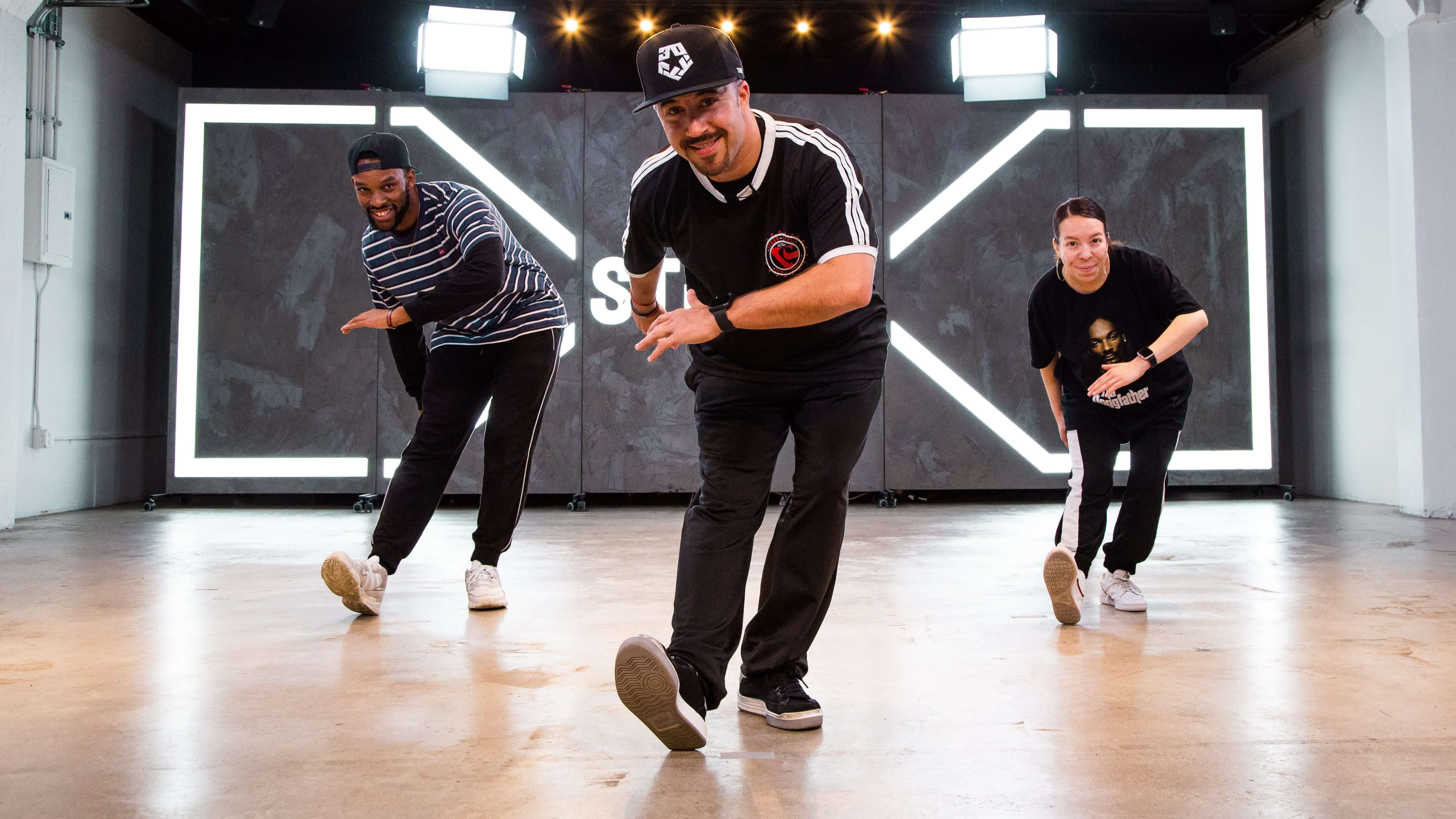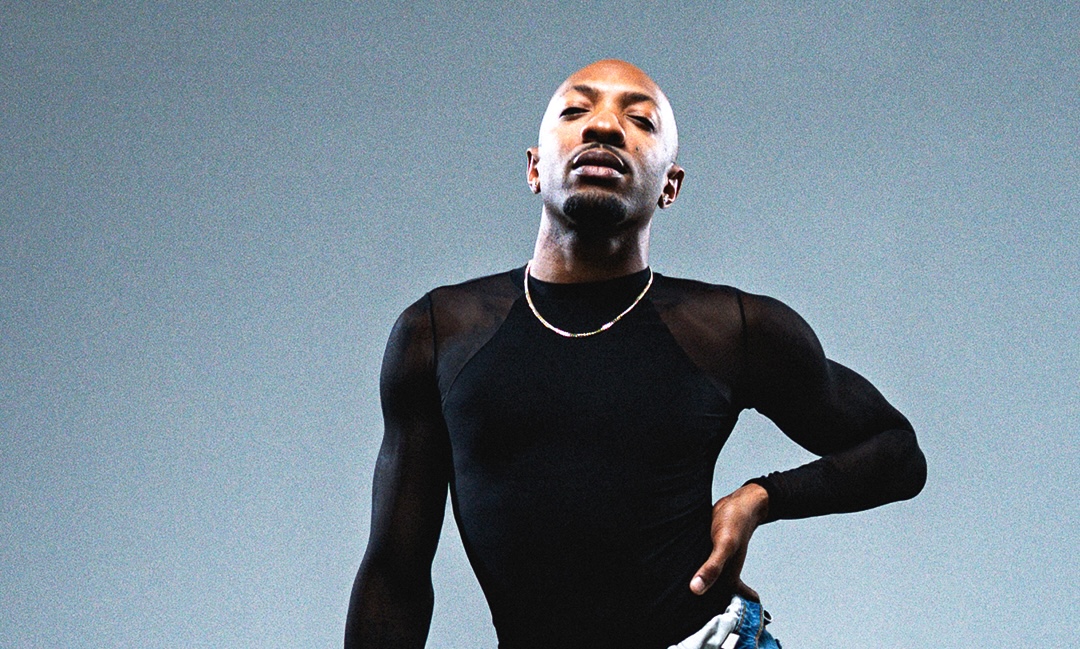In dance, foundation, fundamentals, basics – whatever you call it, refers to a base for your movements.
Why is it important to train your foundation?
There was a period of time (well, even now) when dancers just wanted to learn cool choreography.
A new concept video would drop, a team would kill it at a competition, a choreographer would teach an amazing piece, and everyone would be dying to learn these hype new sexy swagu moves.
But lately, the message of "Train your foundation! Work on your fundamentals!" has been more and more prevalent.
After jumping into advanced choreography classes and struggling with basic grooves, or being able to do a piece on stage but feeling uncomfortable freestyling... a lot of dancers are going back to the beginning.
That, or revisiting their basics to have a sturdier foundation to build their moves on top of.
And training your foundation is awesome!
The best place to start is the beginning, the best direction to start building is from the ground up, and key to growth and versatility is in having a strong base.
In this guide, we're gonna include any sort of base in our interpretation of the word "foundation" and talk about how to train in each of them.
Foundations of movement, in general
If you've never danced before and aren't quite sure where to start, start with the very building blocks of music and movement.
This includes bobbing your head, clapping on beat, stepping in time.
Training your foundation like this will be applicable to any style of dance you end up learning in the future.
The Beginner Dance Program on STEEZY Studio is the perfect place to train your foundation, especially if you want to get into Urban Dance Choreography.
In this 5-class program, Carlo Darang (Choreo Cookies, Building Block) will help you understand music, feel comfortable in your body, and guide you through your very first steps of choreography!

Fundamental styles
Some dancers refer to certain dance styles in the Hip Hop / Street / Funk styles as Fundamental or Foundational styles.
They are freestyle-based, emerging from social settings and battles where dancers created, influenced, and popularized the moves.
You can trace back to the roots of the styles' foundation – the techniques, grooves, and moves – in the choreography you see today.
Training in any of these styles will give you a deeper understanding and appreciation for your movement, and open your eyes to a whole new culture.
Here's how to train your foundation in Popping, House, Breakin', and Hip Hop.
Popping
Popping involves a lot of different techniques that require consistent, repetitive practice.
See examples of these Popping moves, as well as a brief history the style here: What Is Popping.
In Everything You Need To Start Your Popping Training, we talk about going to Popping sessions, finding a Popping community, attending battles, and more.
But if you don't have access to Popping resources or are starting to learn it solo, then use this: How To Learn Popping – The Ultimate Popping Training Guide.
It's an 8-week guide filled with detailed instruction on how to learn and practice each Popping move.
You can also download the Popping Training Guide Calendar to plan and track your progress.
An easier way to learn Popping online is through Boogie Frantick's Beginner Popping Program on STEEZY Studio.
Boogie Frantick is a world-renowned Popper. He focuses on 1 technique in each class where you learn, practice, review, and drill.
House
House is all about music, freedom, and expression. Learn more about it here: What Is House Dance?
House emerged from social settings like clubs; that feeling of exchange and freedom can't exactly be replicated elsewhere.
So naturally, the most organic way to learn House is by going to a House club or session.
But it's also great to take House classes, especially if you have access to ones taught by more experienced House dancers.
We know this isn't feasible for everyone, so we got Jojo Diggs on STEEZY Studio with her Beginner House Program.
This 5-class program is the perfect introduction to House music, dance, moves, culture, and history!
Again, it's important for your body to memorize these moves and techniques – which comes with drilling, drilling, drilling.
So here are some quick, FREE Popping and House drills that you can do.
But before you jump into them, make sure you first learn the technique in the class so that you practice the right way!
Breakin'
AKA breaking, AKA b-boying, AKA breakdancing... is another style that you can train in. Like Popping and House, the best way to learn is by doin' it with others.
Look for a Breakin' session in your area by asking someone who's in the scene where to go, since many sessions happen among friends through word of mouth.
At these sessions, you can observe and learn, or ask someone to teach you a specific move.
But start small – you don't wanna go into windmills and headspins on your first day.
Don't have any sessions or resources in your area? B-Boy and B-Girl Dojo also provides an interactive, immersive Breakin’ program.
You can also learn from these Breakin' tutorials with VincaniTV and Darren Wong from the Kinjaz!
Hip Hop
Just in case anyone's confused, Hip Hop is NOT any of the previously mentioned styles, except for Breakin'.
Popping, House, Urban Choreography (another confusing label, but we'll talk about that later) are their own styles.
Hip Hop dancing includes: Breakin' and Party Dancin'. For more clarification and background, read this: What Is Hip Hop Dance?
Basically, Hip Hop, whether it was through DJing, emceeing, graffiti, or dance, was all about individual self-expression.
Breakin' was a huge part of Hip Hop dance culture, as were the "social dances" people did at parties and clubs.
These Hip Hop moves were less athletically demanding than Breakin', giving everyone a chance to participate.s
Unfortunately, it's not easy to find Hip Hop classes that are actually Hip Hop classes, especially if you live in a city or country with limited dance resources to start with.
Choreography classes offered in studios are awesome, but they're often mislabeled; few of them teach Hip Hop.
If you're in LA, take Sho-Tyme's classes at Evolution. Bring a towel for your sweat.
But if not, you can learn basic grooves in Bianca’s Grooves classes on STEEZY Studio. No choreography, just straight groovin'!
Technique training
Learning dance styles like Ballet, Jazz, Tap, Contemporary, are also great ways to train your foundation.
All of them, no matter what dance style you might go into later, will give you excellent body awareness, control, and an elevated quality of movement.
Luckily, studios that offer great training in these technical styles are much easier to find, and have a "right" and "wrong" way of moving that you can learn and practice with a teacher.
Enroll in a beginning Ballet class at your local studio. Seriously, it'll help with everything you do with dance.
(And no, it's not too late, and you're not too old.)
You can't do your contour without a base of foundation, you can't build a house with no foundation underneath, and you definitely won't be as solid a dancer if you don't train your dance foundation! Hope this helped you understand how to train your dance foundation.
Click here to start the next section on "How to Take a Dance Class"!










